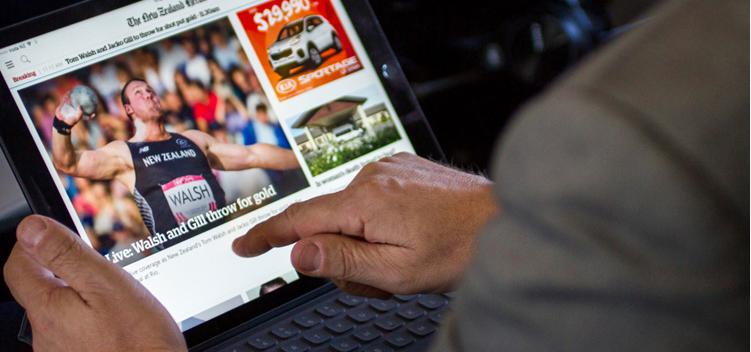
As the traveling public slowly emerges from COVID-19 lockdowns and begins to fly again, the demand for inflight connectivity (IFC) will shift from being a perk to being considered more of a human right, commercial air transport experts predict.
This in itself raises the bar for airlines, which are already operating in tight margins, to look beyond the ongoing debate of how much, if anything, they should charge for onboard IFC and instead embrace serving this new wave of connected passengers—who recently went through a “digital crash course” because of the lockdown—that will likely drive new revenue models and third-party partnerships between airlines, sponsors and IFC providers.
This was one of many topics covered at an April 29 FlightPlan webinar that brought together aviation experts, analysts and leaders to share information, insight and direction across the industry. The webinar was organized by the Airline Passenger Experience Association (APEX) and satellite communications provider Inmarsat.
“With technology improvements in passenger take-up rates increasing, we’ve definitely reached a critical tipping point for our industry,” APEX CEO Joe Leader said. “But, like any business that is growing up, inflight Wi-Fi is still finding its way. Different revenue models work for different airlines. And, of course, one of the biggest questions is: Should Wi-Fi be free for passengers?”
Ogilvy UK vice chairman Rory Sutherland says no. “Don’t make Wi-Fi free by default. The second you create a norm where inflight Wi-Fi is free, it goes from being a perk to an expectation.”
Instead, Sutherland challenges airlines to look at the screen in both directions.
“The magic of the screen shouldn’t be confined to conventional IFE [inflight entertainment]. Valuable as it is, there’s a huge number of benefits. Not only look at what you can provide to people, but also what kind of information and data they can provide to you,” he said.
Inmarsat Aviation VP-retail revenue management Asbjorn Christoffersen said, “A range of new digital propositions—inflight entertainment, wireless IFE, virtual reality and augmented reality—just to name a few, are finding their way into the aircraft cabin. However, as much as these realities give great promise to transform the way we perceive travel, they also give great promise to airlines in how they will reposition their business going forward. However, none of these technologies will succeed if they are not communicated and promoted to the passengers.”
Christoffersen said the industry is seeing a significant shift in how these products are being brought and communicated to passengers. “In the future, the service won’t be so much about browsing or enabling email for a fee. It will be more about, ‘Here’s a media partner, and they will bring an experience to you by their technology.’”
The idea is to bring the technologies into the perfect onboard marketplace—an environment where passengers are a captive audience who can shop, browse, learn and interact. And in the course of doing that, airlines can control what they are looking at and what they want to present to them.
Inmarsat senior director, marketing and communications Phil Harvey said the first thing airlines have to do is get into the retail mindset of selling.
“Everything is a sales opportunity. And that doesn’t necessarily make it horribly commercial and very awkward for the passenger—when it’s done in the right way,” he said. “We have to make it easy. We have to get away from the issues of passengers reaching for a wallet or remembering a password. It’s got to be simple. And when it does, it becomes a natural extension of your world.”
Christoffersen said, “Airlines going forward will no longer focus on communicating the technology in itself, but what they will really use to promote the service are third-party partnerships. Think Netflix. Think Amazon. Think Apple and Lego as well. It is the experiences that these brands can bring to the passengers that will be the focal point of the communication activities. Ultimately, what we do see is airlines will also bundle these third-party partnerships into their frequent flyer programs. When that happens, then the airline industry will be transformed.”
